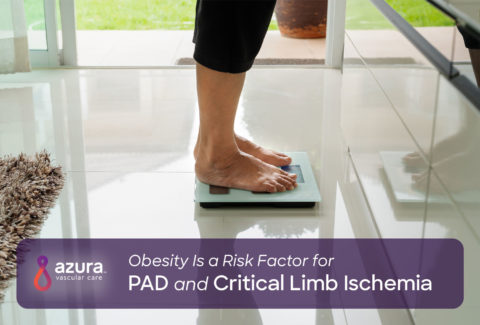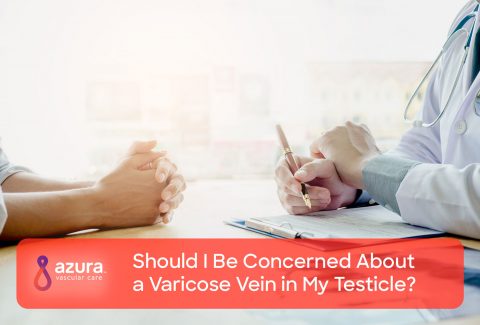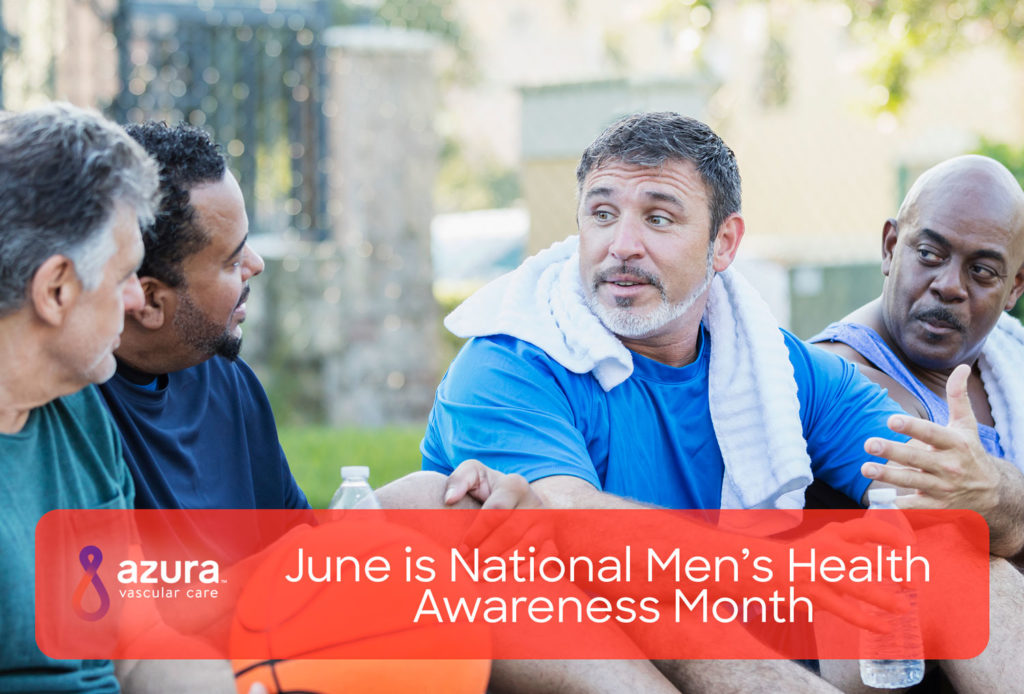
Celebrating 25 Years of Empowering Men to Seek Healthier Lifestyles through Knowledge
Celebrated each June for the past 25 years, Men’s Health Awareness month brings attention to the broad spectrum of health issues that can potentially impact a man’s wellbeing. This month is about heightening awareness of preventable health problems among men and boys and that seeking early treatment for disease is highly encouraged along with maintaining beneficial health habits and self-care.
Recognizing symptoms and understanding that regular visits to the doctor’s office are vital steps a man can take to maintain good health. Men also are encouraged to be on the lookout for and seek treatment for health problems at the earliest stage. However, not every disease and condition present physical symptoms and a potential health issue can go unaddressed leading to unexpected ramifications.
Varicose Veins
It’s a common misconception that only women get varicose veins. The truth is, men get them, too. In some cases, varicose veins may be linked to a condition known as chronic venous insufficiency. This condition often causes severe pain from varicose veins in the legs. (i)
Painful varicose veins can prevent you from staying active. They may also put you at risk for other serious health complications. That’s why it’s crucial to understand the causes and risk factors for varicose veins and seek out a vascular specialist for treatment.
Find out how one military man finds relief from pain caused by varicose veins in the leg:
Varicocele: A Cause of Infertility in Men
Varicoceles are a male health condition that affects the testicular veins. A varicocele is a varicose vein that occurs in the testicular veins in the scrotum and are similar to a varicose vein you might see in your leg. Varicoceles can cause pain and discomfort and lead to problems with decreased sperm count and fertility when left untreated. Knowing more about the causes and symptoms of varicoceles can help you maintain good overall health and avoid possible complications associated with this male health problem.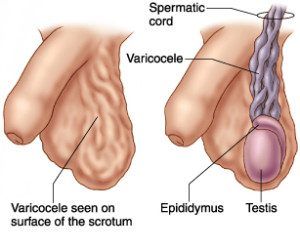
Although a varicocele can manifest asymptomatically, some common symptoms that you may experience include:
- A heavy aching sensation in the scrotum and pain that gets worse when standing or exercising.
- One testicle swells and grows larger than the other and takes on the appearance of a ‘bag of worms.(i)
- Low sperm production and decreased sperm quality, leading to infertility.(i) Evidence shows a correlation between the development of varicocele and male infertility.
Facts About Varicocele and the Infertility Connection:
- Infertility affects about 15% of couples of reproductive age (ii)
- Varicocele occurs in about 15% of all men and 30%-40% of infertile men (iii)
- Males account for 40% – 50% of infertility cases (ii)
- 81% of couples having difficulty conceiving a second time receive a diagnosis of varicocele as the primary factor for the infertility (ii)
- Varicoceles are most prevalent in men between the ages of 15 to 35 (iii)
Regular visits to the doctor are important because varicoceles do not always present with symptoms and smaller varicoceles can be hard to notice. Most varicoceles develop over time. Fortunately there are safe, effective and minimally invasive treatment options to resolve the varicocele via an embolization procedure. An interventional radiologist can treat the varicocele to prevent it from progressing and causing disruption to sperm count and quality. (iv)
Peripheral Artery Disease
PAD is a vascular disorder that affects more than 8 million people in the United States.(v) PAD is caused by atherosclerosis, a build-up of plaque in the arteries that supply blood to your limbs. Atherosclerosis blocks blood flow to your extremities, usually the legs, and can deprive leg tissues of oxygen and nutrients.(v)
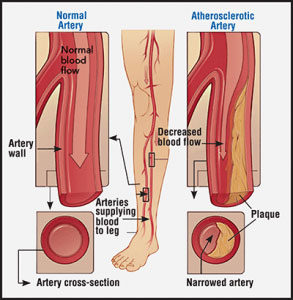
Known risk factors for PAD include high blood pressure, high cholesterol, diabetes, smoking and obesity.(v)
An essential part of PAD treatment involves management of these risk factors. If your risk factors for PAD are not well-managed, the disease may progress more quickly, and you may go on to develop critical limb ischemia which can lead to gangrene, ulcers and amputation.
PAD is a progressive disease without a cure but managing risk factors for PAD can help prevent the disease from progressing. If you have high blood pressure, high cholesterol, or diabetes, you’ll need treatment to bring those conditions under control. (v) If you smoke or use tobacco, it’s best to quit as soon as possible. If you’re overweight, losing weight can slow the progression of atherosclerosis. (v)
Steps Men Can Take to Improve Their Health
Taking good care of your body every day is essential to optimum health. For the entire month of June, communities are encouraged to focus on men to foster this important initiative. Here are some ways men can improve their health each day: (i)
- Pay attention to signs and symptoms such as chest pain, shortness of breath, excessive thirst, and problems with urination.
- Any new or unexplained symptoms should be reported to your doctor.
- See your doctor for regular and annual checkups.
- Get a good amount of quality sleep.
- Terminate the use of tobacco and avoid secondhand smoke.
- Engage in moderate-intensity aerobic activity every week.
- Eat a variety of fruits and vegetables daily and limit intake of processed foods high in salt and fat content and limit alcohol consumption.
Sources:
(i) https://www.azuravascularcare.com/infovaricocele/varicoceles-bag-of-worms/
(ii) https://www.cdc.gov/men/nmhw/
(iii) https://www.ncbi.nlm.nih.gov/pmc/articles/PMC2658802/
(iv) https://www.hopkinsmedicine.org/health/treatment-tests-and-therapies/varicocele-embolization
(v) https://www.azuravascularcare.com/infopad/obesity-is-a-risk-factor-for-pad/
